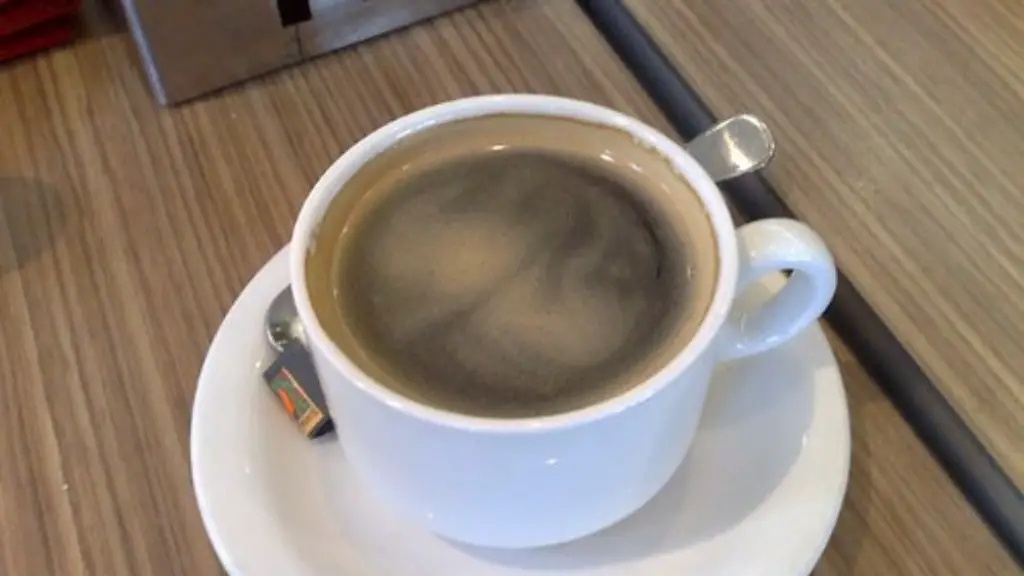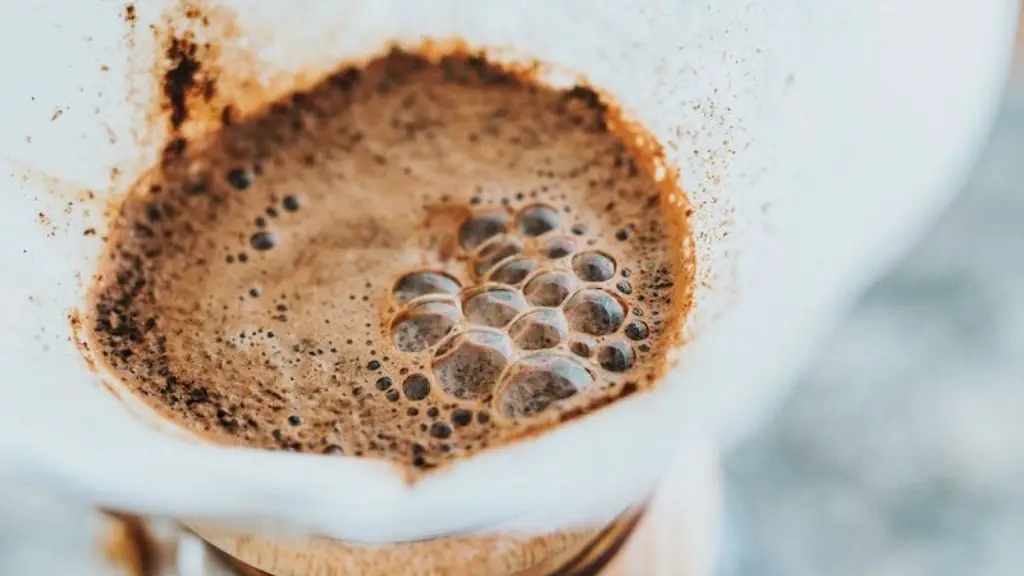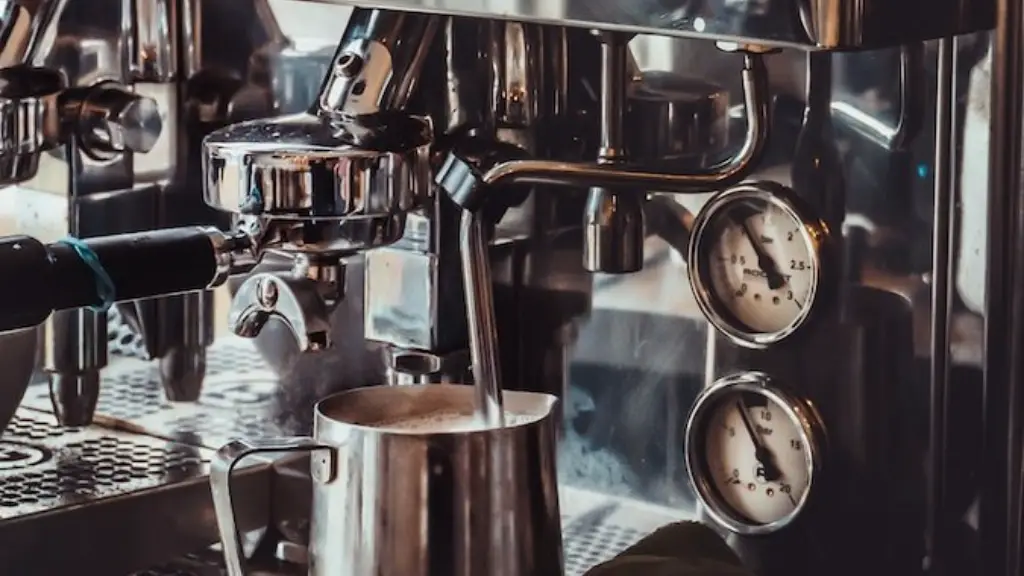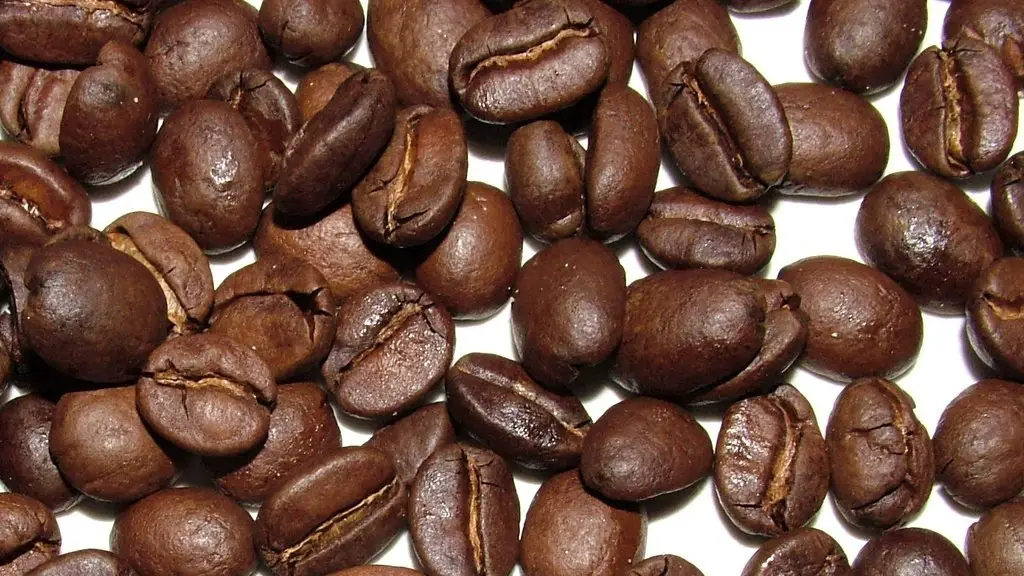How to not Burn Your Tongue Drinking Coffee
Coffee is one of the most popular beverages in the world, with millions of people across the globe indulging in and enjoying it every day. Unfortunately, it is all too easy to get into the habit of gulping down coffee that is way too hot, resulting in an unpleasant and painful experience. Learn how to avoid this with these tips.
Understanding Heat Transfer
One of the most basic principles of heat transfer is conduction. This occurs when heat energy passes from a warmer object to a cooler object by direct contact. It is the same principle by which heat travels from a hot stove to the pot it is resting on. When a cup of coffee is placed in contact with a tongue, heat transfer occurs and can cause a burn.
Waiting for the Temperature to Drop
The simplest way to avoid burning your tongue on coffee is to wait for it to cool sufficiently. Many coffee shops serve their drinks way too hot, so it is important to exercise some caution to prevent future pain. Before taking a sip, wait 4-5 minutes before consuming it, or use a thermometer to check the temperature before drinking. Be sure to take smaller sips, too.
Consuming Cold Beverages
If you are a fan of cold coffee beverages, it is worth considering investing in a quality thermos. A good thermos will keep your beverage fresh and cold for hours. Alternatively, try your hand at making homemade cold brew. The process is surprisingly simple and does not require any expensive equipment. It also produces a smoother end result than iced coffee.
Making Tea Instead
If all else fails, why not switch to tea? Tea is a great alternative to coffee, with a variety of flavors and types to suit any preference. Not only is tea a healthier alternative due to its lower caffeine content, it also needs less time to cool down before consumption. That way, you can enjoy your beverage without needing to wait or risk burning your tongue.
Adding Cream, Milk or Sugar
It is important to remember that adding cream, milk or sugar to your coffee will reduce the temperature significantly. Cream and milk cool down the beverage faster than sugar, so if you are looking for a quick fix, opt for either of these. Just be sure to add the rest of your ingredients after you have drank a few sips to ensure the beverage has cooled down.
Using Mugs or Cup Covers
Using a mug or a cup cover is a great way to reduce heat loss from a cup of coffee, and it can also provide insulation to help keep the beverage warm for a longer period of time. These items are affordable and easy to find, so why not pick one up to prevent future burns?
Choosing the Right Coffee
The key to a great-tasting cup of coffee is starting with good beans. Look for quality beans with a medium to dark roast, since lighter roasts don’t tend to have as much flavor. Be sure to store your beans in an air-tight container and grind them yourself to conserve taste and flavor.
Choosing the Right Brewing Method
The brewing method you choose is just as important as the beans you use. Drip coffee, espresso and pour-over are all good options for achieving a quality cup of joe. With a little experimentation, you will soon find the right brewing method for you.
Brewing the Coffee
Once you have sourced your beans and selected the right brewing method, it is time to get brewing. Make sure to use good quality water and the correct amount of grounds. Heat the water to the correct temperature, making sure to pay attention to the details. If done correctly, you will have a delicious and flavorful cup of coffee.
Taste-Testing
Once the brewing process is done, it is time to taste-test the coffee. Take a small sip off the top before drinking a full cup. As with any hot beverage, err on the side of caution and avoid drinking it too hot. Move the cup around in your hand to cool it down, or wait a few minutes until it is safe to drink.
Choosing the Right Cup
When selecting the right cup for your coffee, it is important to consider a few key things. Glass cups, for example, provide no insulation, whereas paper and foam cups are more effective at keeping beverages warm. Try out a variety of cups to find one that suits your taste and needs.
Cleaning Up Afterward
Once the coffee is finished and you have avoided burning your tongue, it is important to remove all evidence of the coffee’s presence. Rinse out and wash the cup, and make sure to clean the pot, filter and any other equipment used in the brewing process. This helps to prevent the buildup of coffee residue, which can affect the taste and flavor of subsequent cups of coffee.



